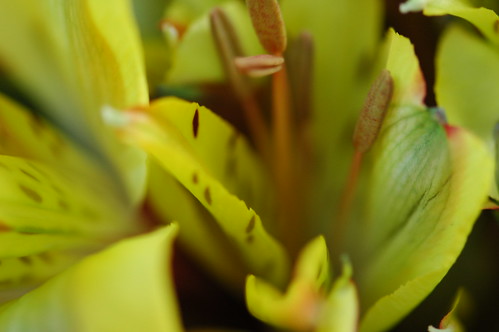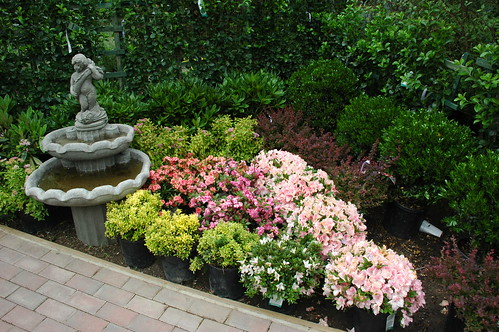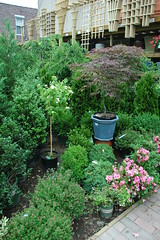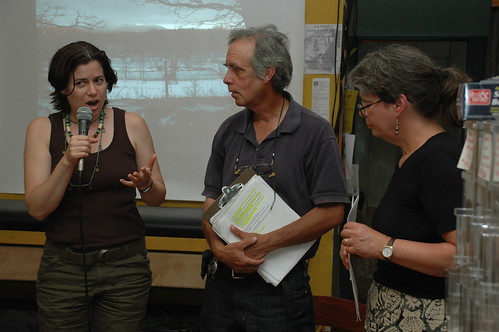STEW-MAP (the Stewardship Mapping and Assessment Project) is New York City’s first ever map of the more than 5,000 civic environmental groups working in our amazing city.
The first phase of STEW-MAP is a survey for organizations to self-identify themselves and their work in environmental stewardship:
If you are a gardener, a park advocate, a dog walker, a beach cleaner, a kayaker, an environmentalist, an educator, or a community organizer – we need your help in putting your group on the map! …
Please complete [a] brief online form [ENGLISH] [ESPAÑOL] in order to be a part of this new effort.
A dozen different citywide greening groups and 20 other organizations are working together with researchers from the US Forest Service and Columbia University to develop this project.
The assessment will ask you questions about your organization’s mission, size, capacity, geographic areas of interest and partner organizations. Your efforts will result in a series of publicly-accessible, citywide Stewardship Maps and will help inform the development of citywide, participatory Stewardship Roundtables.
The assessment should take approximately 15 minutes to complete. If at any time you have any questions regarding the assessment or the overall STEW-Map project please feel free to contact the project researchers, Dr. Dana R. Fisher from Columbia University’s Department of Sociology and Erika S. Svendsen of the US Forest Service at the project’s e-mail address: stewmap@columbia.edu.
Although the survey will ask for your name and contact information, all personal identifying information will be substituted with randomly generated identification codes once the survey is
completed. If you feel uncomfortable at any time, feel free to stop the assessment.
If you have any questions or concerns about the study you can contact Dr. Fisher at stewmap@columbia.edu or the Institutional Review Board of Columbia University at 212-870-3585 (IRB Protocol #AAAC3958).
We thank you for your organization’s participation!
It’s interesting to me that the Columbia Department of Sociology is involved in this effort. It would be interesting to collect the involvement and experiences of individuals engaged in local stewardship of their neighborhoods. In this regard, the “organization” language is a bit off-putting. What if I don’t belong to, or speak for, an organization involved in stewardship?
[Note: Be sure to read the comment below from Lindsay Campbell, explaining their focus on groups and organizations in this stage of the project.]
I chose to answer the survey anyway, as an individual, using this blog to represent my “organization.” Although I haven’t used the term much, here is where I address many of the issues associated with stewardship, including:
- Land use practices
- Sustainability
- Recognizing and valuing native flora, fauna, and natural areas
- Ecological restoration
and so on. I try to enact and influence changes on my little patch of land and my neighborhood, whether in my gardens, for street trees, or open and green space. I hope that I educate and inform others both through my efforts, and by highlighting and promoting work that others are doing. I try to be a steward of the place I’m in.
via Susan Siegel, Executive Director, Flatbush Development Corporation, private correspondence





















